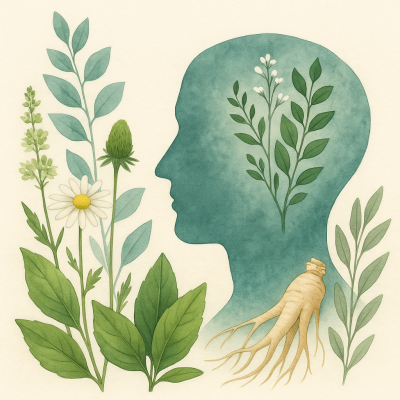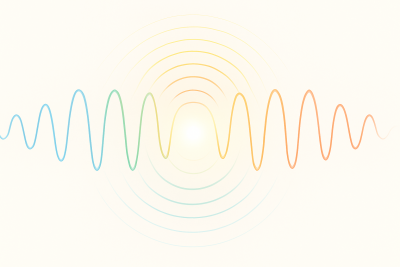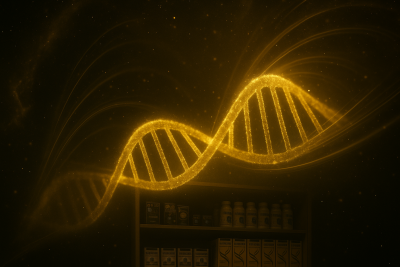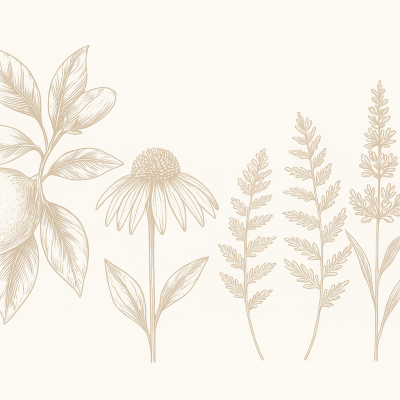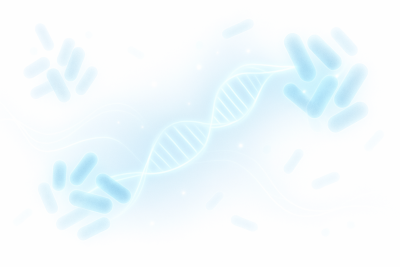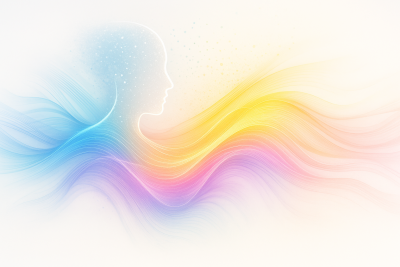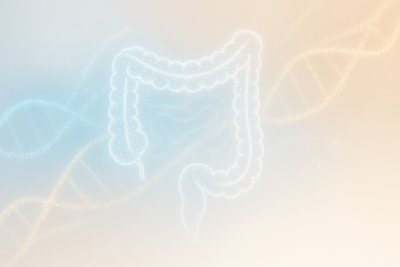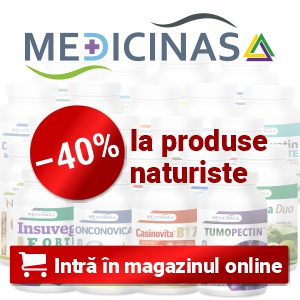🌿 The Science of Phytotherapy: How Plants Communicate with Human Cells
By Gabriel Nicolaev – CyGuru | Founder of Medicinas & Nicolaev Medicine
🔹 Introduction
Modern medicine often looks at plants as chemistry.
Yet behind every molecule there is intelligence — a frequency, a message, a purpose.
Phytotherapy, the science of healing through plants, is not simply pharmacology with leaves.
It is inter-kingdom communication, where botanical intelligence speaks to human biology in a language older than time.
Today, molecular biology and quantum biophysics confirm what traditional healers knew intuitively: plants communicate with our cells through biochemical and electromagnetic resonance (Baluška & Mancuso, Trends in Plant Science, 2022).
“Plants are living antennas.
They capture the frequencies of the Earth and translate them into chemistry that heals.”
— Gabriel Nicolaev – CyGuru
🔹 The Biochemical Dialogue Between Plants and Humans
Every plant contains thousands of secondary metabolites — alkaloids, flavonoids, terpenes, saponins, and phenolic compounds — created not for us, but for their own survival.
When we ingest them, our receptors recognize these molecules as familiar, triggering adaptive responses known as hormesis (Mattson, Ageing Research Reviews, 2008).
Hormesis means “mild stress creates strength.”
A polyphenol like curcumin or resveratrol mildly challenges our cells, activating protective genes (NRF2, FOXO3) and enhancing detox pathways.
This is not suppression of disease — it is education of the cell.
Plants, in this way, act as teachers: they deliver coded stress that refines human resilience.
🔹 Plant Hormones and Human Receptors
Biochemically, plant molecules resemble human signaling compounds.
For example:
-
Salicylic acid (from willow bark) mimics human prostaglandin pathways and led to aspirin’s discovery.
-
Phytoestrogens from soy and flax bind to estrogen receptors (ER-β), balancing hormonal activity.
-
Ginsenosides from Panax ginseng interact with neurotransmitter receptors, modulating dopamine and GABAergic balance (Frontiers in Pharmacology, 2020).
This cross-kingdom mimicry is no coincidence — it is bio-resonance at the molecular level.
Human receptors evolved in constant contact with nature, shaped by millions of years of exposure to plant frequencies and metabolites.
When we separate ourselves from this ecosystem, our receptors become “starved for signal.”
Phytotherapy reintroduces the dialogue — chemistry as conversation.
🔹 The Microbiome Connection – Translators of Nature
Recent studies reveal that our microbiome is the true intermediary between plants and human cells (Thaiss et al., Nature, 2016).
Gut bacteria metabolize plant fibers and polyphenols into bioactive compounds that regulate immunity, brain chemistry, and inflammation.
For example:
-
Flavonoids are converted by Bifidobacteria into short-chain phenolic acids that cross the blood-brain barrier.
-
Pectin from apples and citrus acts as a prebiotic, feeding microbes that reduce galectin-3 and systemic inflammation.
Thus, bacteria function as interpreters of botanical language, translating plant molecules into human biological messages.
Without a healthy microbiome, even the most powerful herbal formula loses its voice.
🔹 Electromagnetic Signatures of Plants
Beyond chemistry, plants emit weak electromagnetic fields and biophotons, measurable by ultra-sensitive photomultipliers (Popp, Biophysical Research Communications, 1979).
These emissions carry information that influences water structure, enzyme kinetics, and even DNA transcription.
In 2021, researchers at the University of Florence demonstrated that plants respond to sound frequencies between 100–500 Hz, altering calcium flux and gene expression (Gagliano et al., Plant Signaling & Behavior, 2021).
If plants can react to vibration, they can also transmit vibration — and human cells, being bioelectrical systems, can receive it.
This is where quantum phytotherapy begins: medicine not just as molecular interaction, but as frequency resonance between living systems.
“When you take a plant extract, you don’t just absorb chemistry —
you download an electromagnetic pattern that re-educates your body’s light field.”
— CyGuru
🔹 Plant Consciousness and Cellular Resonance
It is now accepted that plants perceive, adapt, and remember.
Their root networks release neurotransmitters like glutamate and serotonin; their vascular systems transmit electrical signals akin to nerve impulses (Annals of Botany, 2018).
They sense gravity, magnetism, and even human emotion through subtle field interactions.
When such a being enters our body through tea, tincture, or capsule, it does not die — it integrates its memory into ours.
That memory, encoded in molecular vibration, can reorganize chaotic energy patterns within cells.
This is why many patients feel calm or “energetically aligned” after using natural formulas: their frequency harmonizes with that of the plant.
🔹 Case Study: The Communication of Curcumin
Curcumin, extracted from Curcuma longa, demonstrates this dual communication perfectly.
Biochemically, it suppresses NF-κB and reduces oxidative stress (Aggarwal et al., Biochemical Pharmacology, 2019).
Energetically, it resonates at 8–12 Hz — the same alpha frequency emitted by the relaxed human brain.
This synchronicity may explain why curcumin is not only anti-inflammatory but also mood-stabilizing.
Science calls it cross-frequency entrainment; CyGuru calls it vibrational empathy between species.
🔹 The CyGuru Triad: Chemistry, Microbiome, Frequency
The entire interaction between humans and plants can be summarized in a triad:
| Level | Process | Description |
|---|---|---|
| Chemical | Molecular signaling | Plant compounds bind receptors, activate pathways. |
| Microbial | Biotransformation | Gut bacteria translate and amplify plant messages. |
| Energetic | Frequency resonance | Cellular water and fields align with plant vibrations. |
All three are necessary for complete healing.
Without chemistry, there is no structure.
Without bacteria, there is no translation.
Without frequency, there is no meaning.
🔹 Towards a New Paradigm of Medicine
Phytotherapy, in the Nicolaev Medicine model, becomes a quantum dialogue.
Each plant is a transmitter of encoded light.
Each cell is a receiver and amplifier.
When communication flows freely, disease disappears, because disease is only miscommunication in matter.
Natural medicine therefore represents not a return to the past, but an evolution beyond reductionism — a synthesis of biology, physics, and consciousness.
“The plant does not heal you.
It reminds you what harmony feels like.”
— Gabriel Nicolaev – CyGuru
🔹 Conclusion
The science of phytotherapy reveals that human and plant life are intertwined at every level: molecular, microbial, and energetic.
Through resonance and adaptation, plants teach our cells the forgotten language of balance.
Modern research provides the data; ancient wisdom provides the context.
In this convergence of science and soul lies the true future of medicine — Nicolaev Medicine, where nature, frequency, and bacterial intelligence work together as one living field of consciousness.
